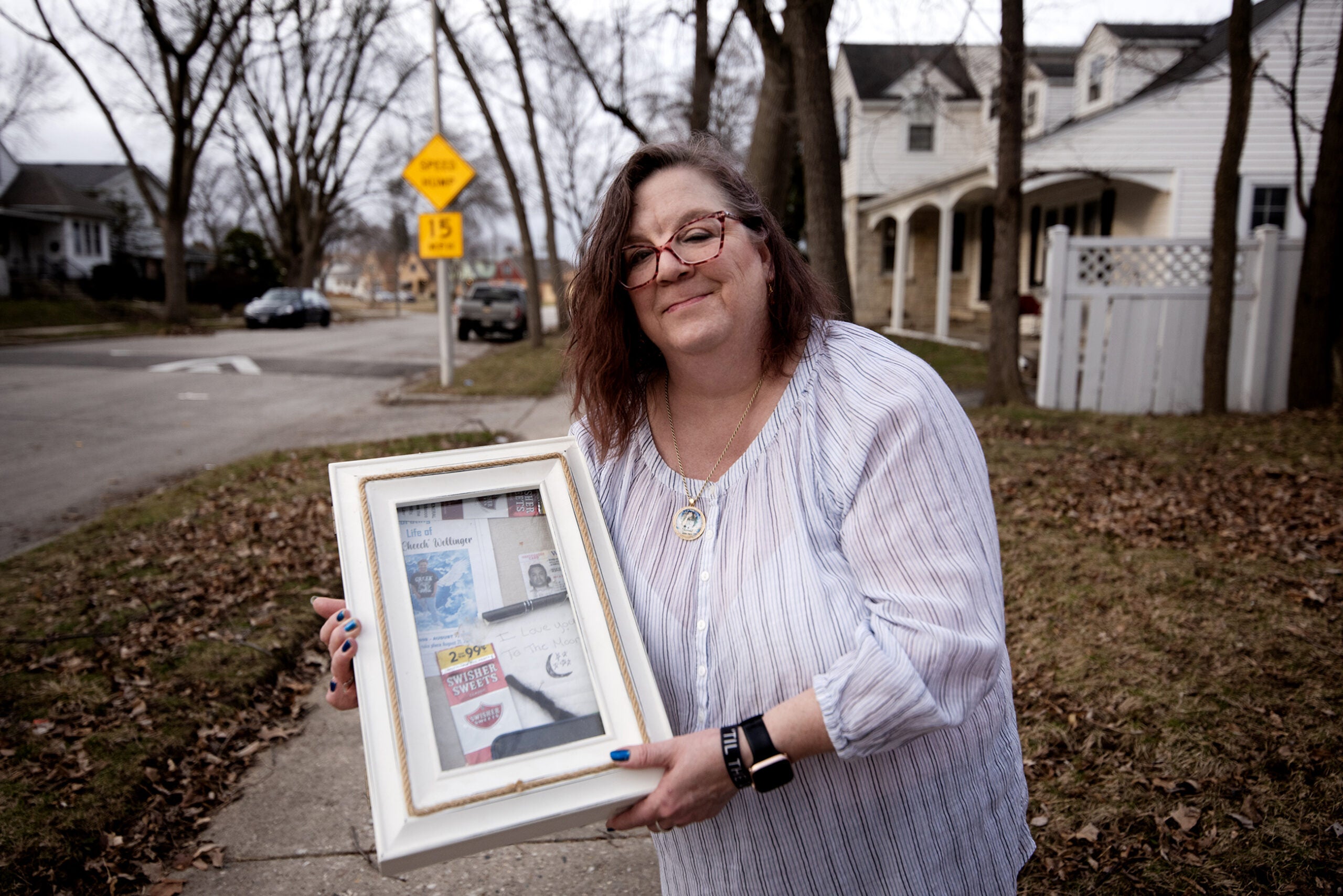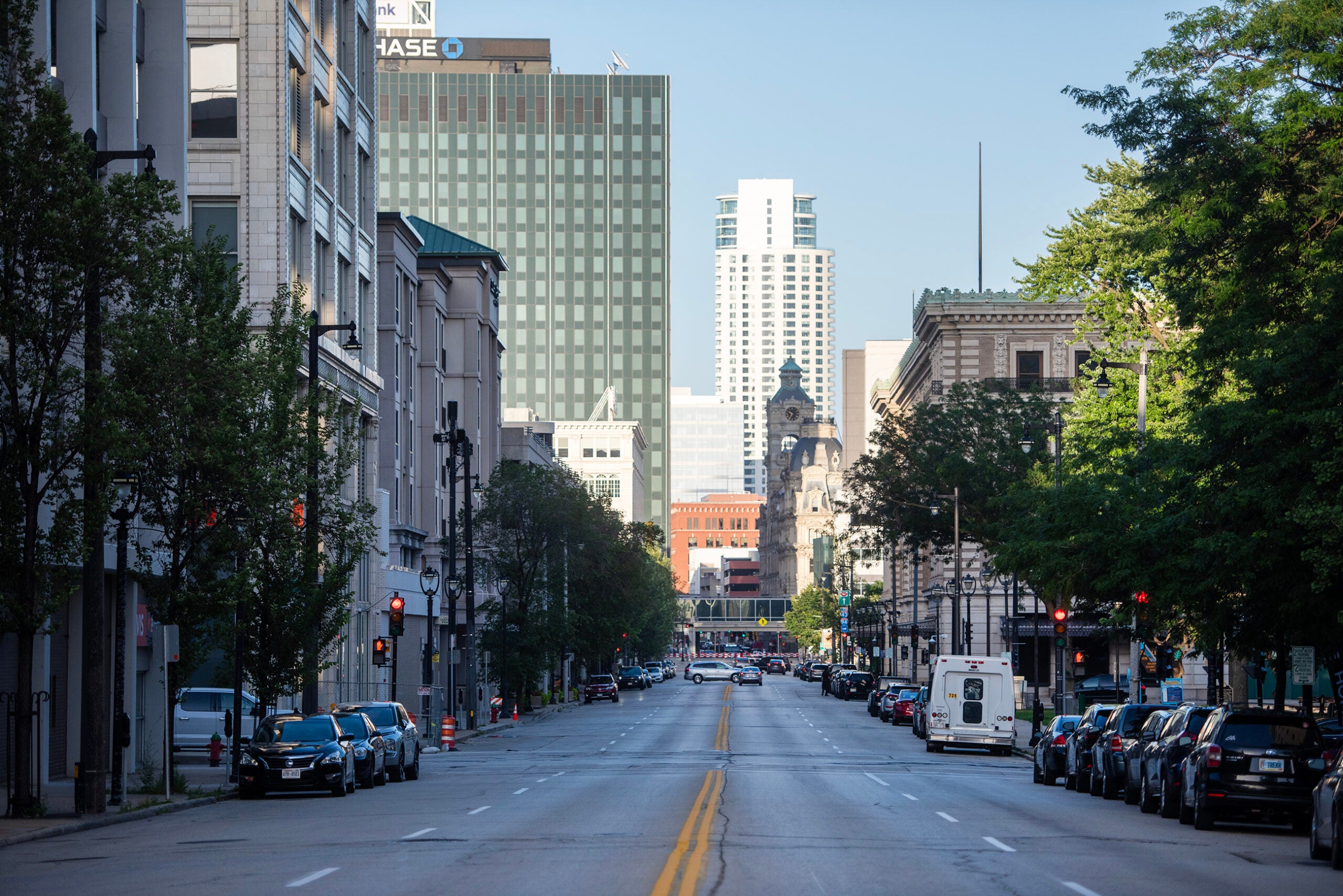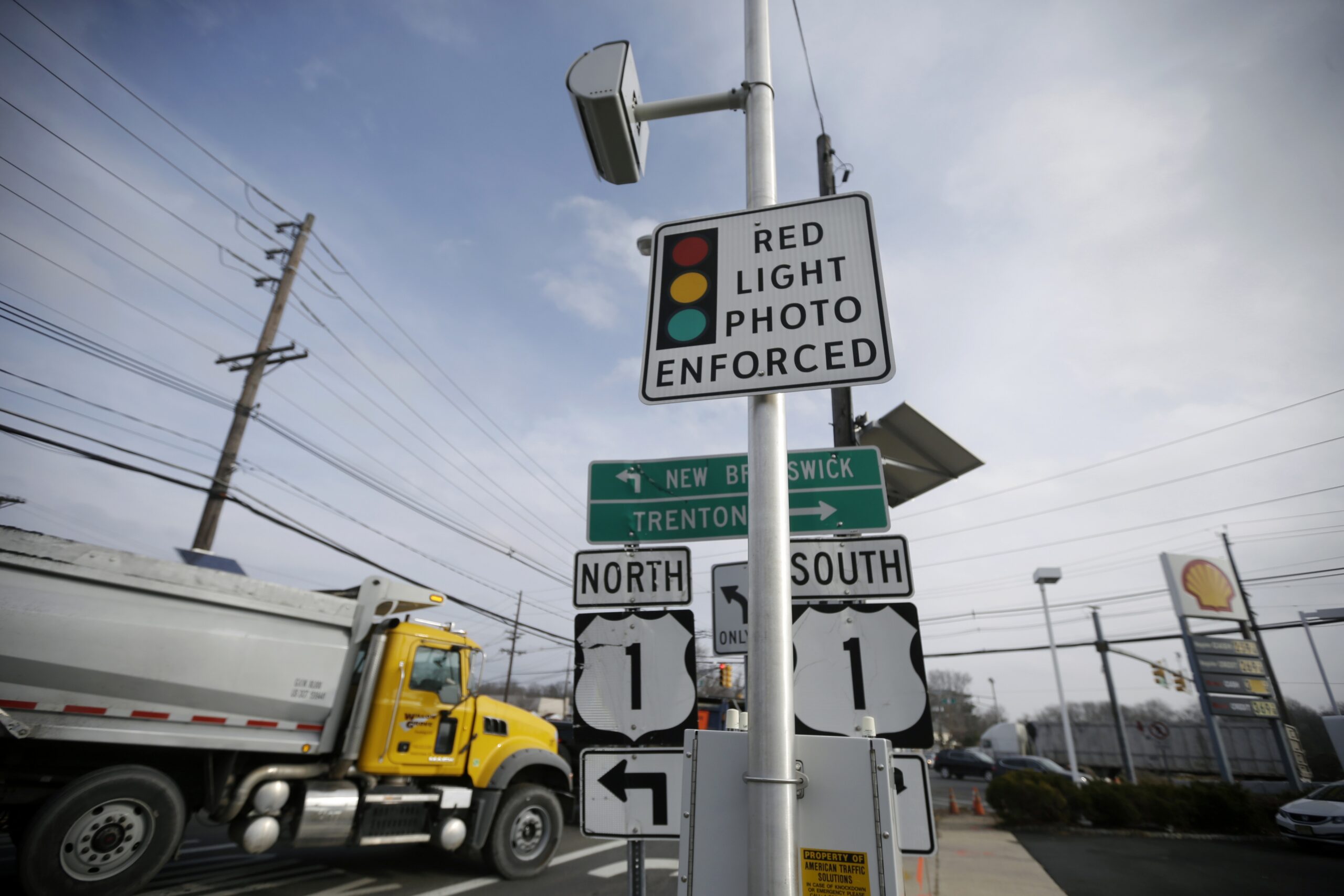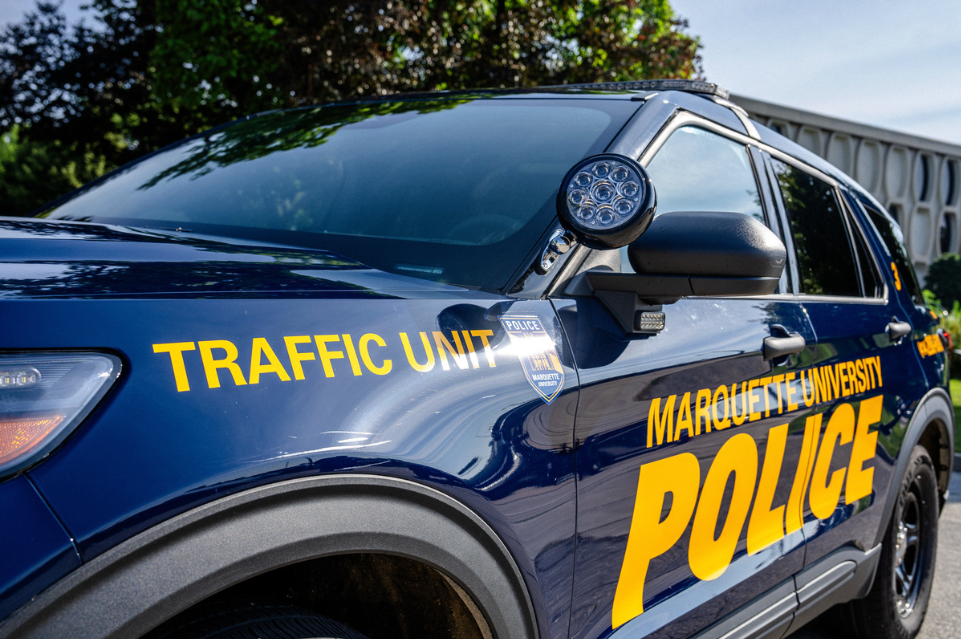Jerrold Wellinger was finally back home with his Mom and attempting to get his life back together.
The 22-year-old had been recently released from prison, and he wanted to start fresh. His new goal was to start a business flipping houses. But he never got the chance.
In August 2021, Wellinger and his friend Davante Gaines went to grab snacks at a gas station on the city’s north side when two people in a race hit their car. Both Wellinger and Gaines died.
News with a little more humanity
WPR’s “Wisconsin Today” newsletter keeps you connected to the state you love without feeling overwhelmed. No paywall. No agenda. No corporate filter.
“Every day. Every day is hard,” said Jerrold’s mother, Julie Wellinger. “To have him gone all that time, then have him back, and then he’s gone again.”
Now, every time she hears sirens, she’s reminded of the crash.
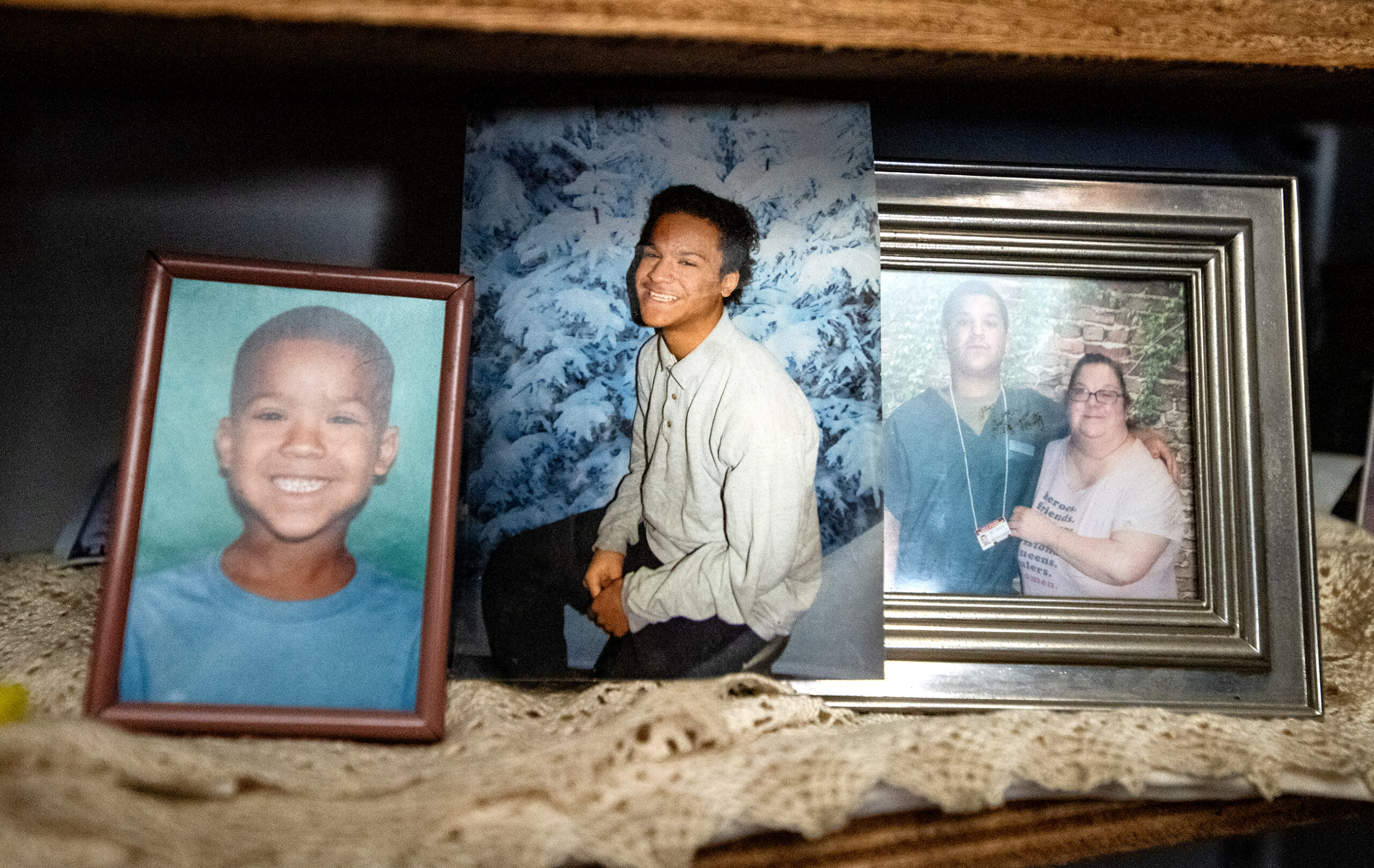
“Because I’m thinking, what if it’s someone else getting in an accident?” she said. “I say a little prayer for people because I would never want anybody’s family to go through what our family went through.”
Unfortunately, Wellinger’s story isn’t unique.
Monique Stewart, a 32-year-old caregiver and Milwaukee native, died in January when a driver traveling more than 80 mph went through an intersection and hit the car she was in. She was eight months pregnant — her unborn baby also died in the crash.
Erin Mogensen, a 32-year-old Wauwatosa resident, was killed in November when a reckless driver going 100 mph in a stolen vehicle ran a red light and hit her car. She found out she was pregnant with her first child just three weeks before the accident.
Reckless driving in Milwaukee has been described as a crisis, an epidemic and a plague. But ask many residents, or people like Julie Wellinger, who have lost loved ones, and they’ll tell you those words don’t do the issue justice.
Right now, I barely drive. I’m very, very scared out on the roads at all times.
Julie Wellinger, mother of Jerrold Wellinger, who died in a car crash.
In 2013, there were 32 traffic deaths in the city. Ten years later, that number jumped to 74.
Reckless driving has affected residents’ quality of life. It has perplexed local officials, who have attempted to combat the problem by passing ordinances and working with state lawmakers for harsher penalties and other fixes.
In response, the city plans to spend around $86 million on street safety projects this year — equivalent to what they’ve spent in the previous four years combined. City officials said the projects will work to reduce speeds and cause fewer deaths on the roadway.
But in the meantime, Wellinger said she still doesn’t feel safe driving in her neighborhood.
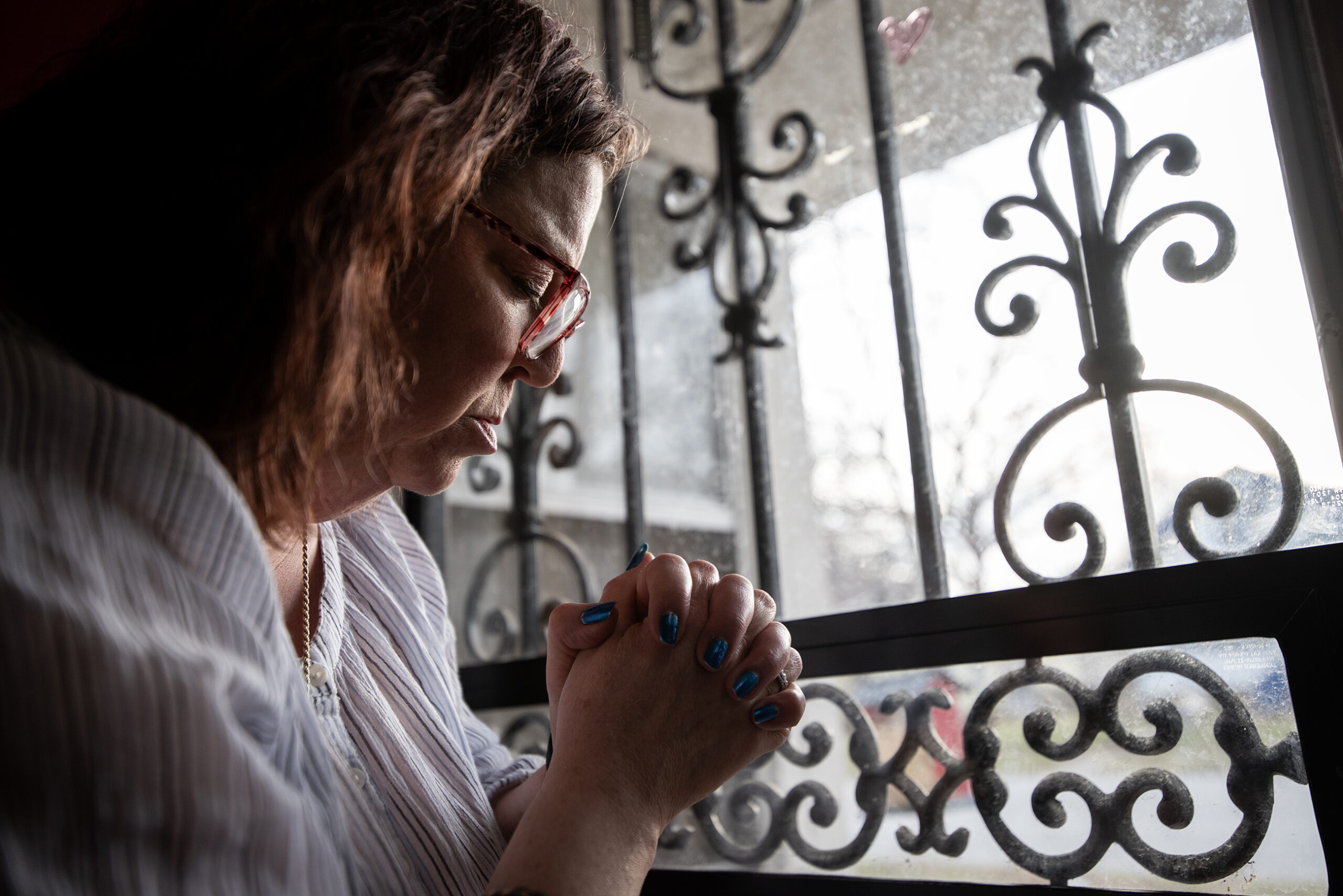
“Right now, I barely drive,” Wellinger said. “I’m very, very scared out on the roads at all times.”
Traffic deaths have been rising for years
Throughout some parts of the city, bumpers and car parts are scattered on medians and sidewalks — remnants and reminders of crashes.
Residents are familiar with the behavior now. Drivers blowing through red lights and stop signs. Drivers using bike lanes, parking lanes and swerving into oncoming traffic to get around vehicles.
There have even been instances of drivers driving vehicles around parks, school playgrounds and on sidewalks.
Some of the more common reckless driving maneuvers even have their own terms among Milwaukeeans, including the “Milwaukee slide,” or when a driver quickly passes someone in a lane that’s not meant for vehicles.
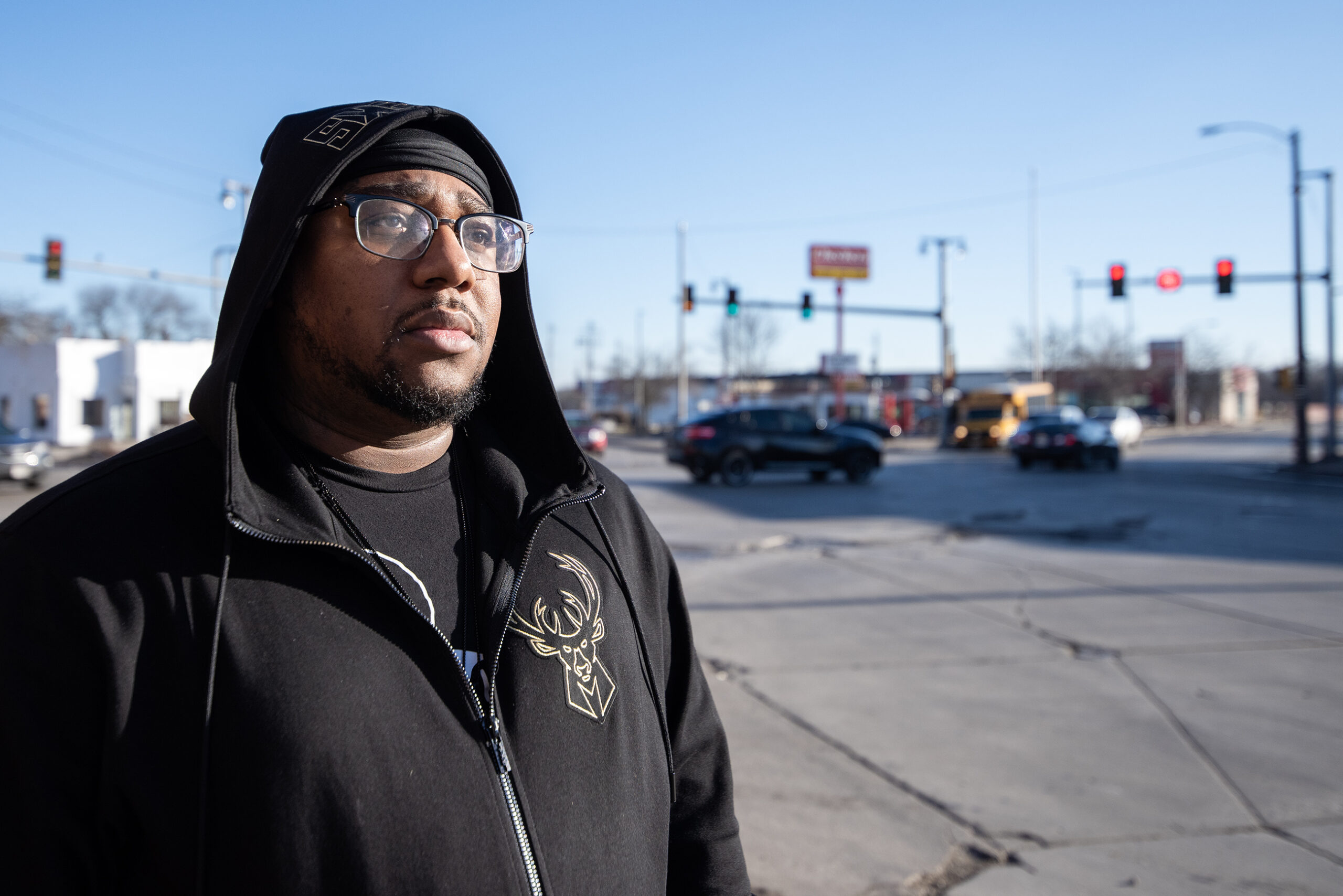
“You have a lot of people that blow through lights,” said community activist Vaun Mayes. “In Milwaukee, if the light says green, you have to give it a five- or maybe eight-second pause before it’s really green and then go through, because somebody is apt to just blow through that red light.”
Patricia Luevano often rides her bicycle on the city’s south side. It’s how she gets around. But as the years have gone on, she’s become more and more concerned for her safety.
“You’re so afraid that somebody can hit you,” Luevano said. “People don’t even see whenever they are turning a certain way. … They don’t even respect (you).”
A 2022 study found risky and unsafe driving behavior like speeding and failing to signal has been on the rise nationally since the start of the pandemic, resulting in higher rates of severe crashes. Traffic crashes and deaths have risen across the state and nation in recent years.
Meanwhile, vehicle thefts have increased dramatically since the start of the COVID-19 pandemic, a trend some believe is contributing to the increase in reckless driving. There were 6,275 vehicle thefts in Milwaukee in 2023, up from 4,507 in 2020.
Mayes said he isn’t proud of it, but he learned how to drive by stealing cars as a teenager.
“I feel like that same thing is happening with young people now,” he said. “They have no idea what they’re doing. They’re learning on the go, which is one of the reasons why they’re doing things so reckless and why they are so apt to crash.”
It’s not just one area of the city where reckless driving is more prominent. Milwaukee Police Department Sergeant David Laurila works with the Traffic Safety Unit, which deploys officers to areas of increased reckless driving behavior. He said the unit is “everywhere in the city.”
“The majority of the citizens of the city of Milwaukee and the state of Wisconsin abide by all of the traffic laws,” Milwaukee Police Captain Bradley Schlei said. “It’s a few that take chances and risk and kind of make the rest of us a little bit angry when we see it.”
Reckless driving can be the most deadly for pedestrians, bicyclists and motorcyclists, according to a city crash analysis. That analysis also found “historically underserved residents are disproportionately impacted by crashes, and there are more crashes in neighborhoods where they are most likely to live.” That includes the predominantly Black north side neighborhood where Wellinger and Gaines were killed.

To address the issue, the city has worked to bolster enforcement and education efforts. And it has increasingly turned to physical changes to the roads themselves.
Engineering changes can lead to slower speeds, fewer crashes
Robert Schneider, an urban planning professor at the University of Wisconsin-Milwaukee, said Milwaukee’s street design is also partly to blame, with wider lanes of traffic and higher traffic speed limits posted on residential streets than in some other cities.
“These roadways are just easier to drive fast on, especially at times of day where traffic volumes aren’t particularly high,” Schneider said.
Street redesign and engineering projects — often known as “traffic calming” projects — can help narrow the roadway, making it more difficult for drivers to speed.
“If we can reduce the average speed that cars are going on any given street by even a mile an hour or two miles an hour, it’s going to have a major safety benefit,” Schneider said.
That’s because higher speeds mean drivers have less time to react and the crashes happen with more force.
Common projects have included raised crosswalks, speed humps, curb extensions or “bump outs” which narrow the street and force drivers to make slower turns, protected bike lanes, median crossing islands and traffic circles.
The city has aggressively increased the number of curb extensions it installed last year, from 46 in 2020 to 907 in 2023.
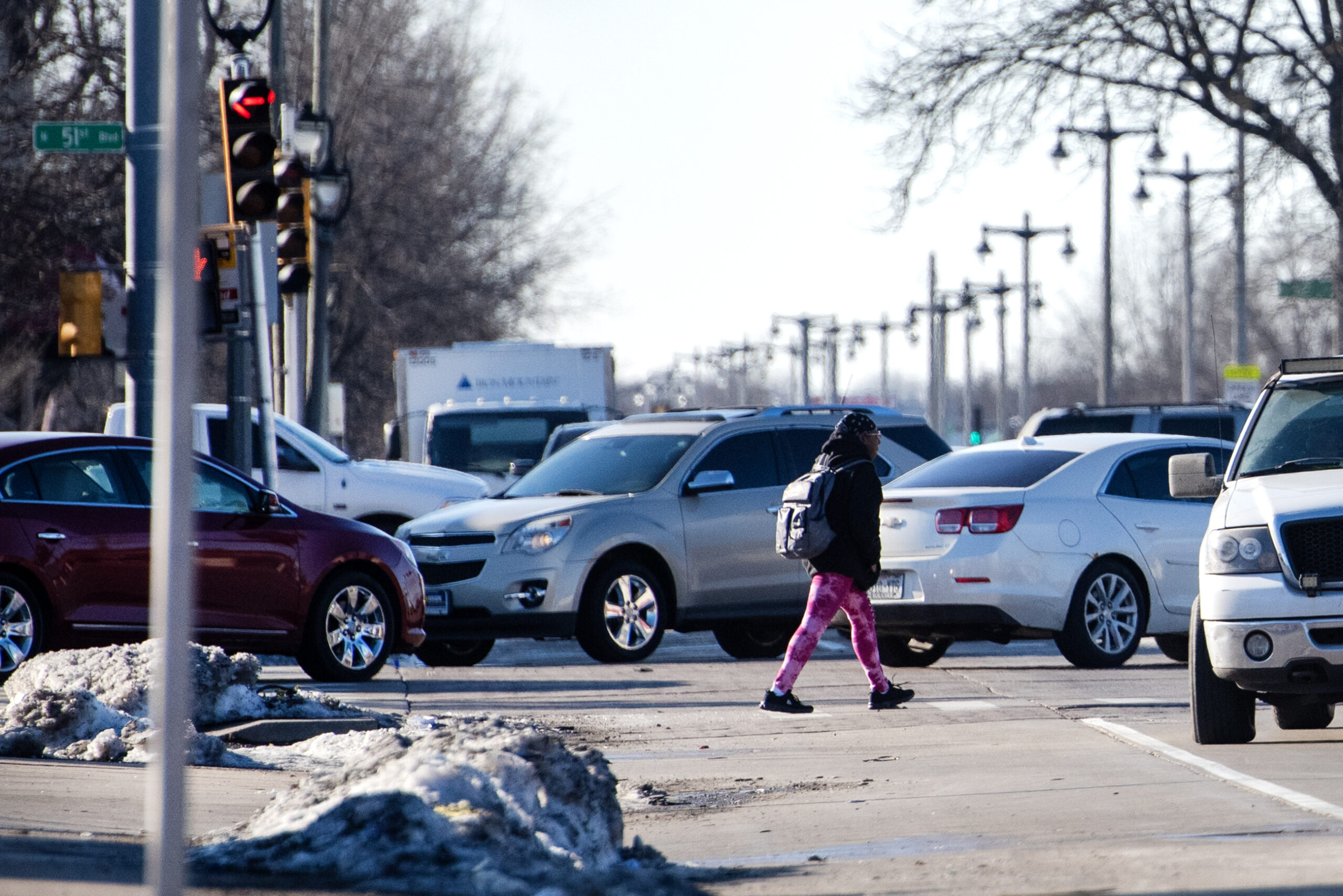
The city has also installed 375 speed humps across Milwaukee since 2020. Mayor Cavalier Johnson also has a goal of building 50 miles of protected bike lanes — which include physical dividers to separate bikers from pedestrians and vehicles — by 2026.
For city engineer Kevin Muhs, the goal of the projects is simple: improve safety.
“Our goal with essentially all of these projects is to reduce speed, because speed is directly connected to whether or not someone survives a crash, if a crash is to occur,” Muhs said.
Some efforts to reduce speeding found to be effective so far
On the city’s west side, two lanes of traffic each way were reduced to one lane each way along a half-mile portion of West Walnut Street. A protected bike lane, separated from the travel lanes by grass, was constructed. Muhs said he doesn’t have data for that project yet, but he believes it’s working to reduce speeds.
In the city’s Bay View neighborhood, a recent project to place concrete islands and curb extensions along a portion of Oklahoma Avenue led to a 37 percent reduction in speeding. On Lapham Boulevard, a road repavement project and the addition of flexible posts along the road led to a 70 percent decrease in the number of drivers going above the 25 mph speed limit, according to city data Muhs shared.
This month, President Joe Biden visited Milwaukee to announce new federal funding for transportation infrastructure projects across the state and nation. One project that won approval in Milwaukee was a 2.6-mile stretch of the 6th Street corridor, from North Avenue to National Avenue.
The city got a $36 million grant for work to widen sidewalks, install bike lanes and bus lanes, place new trees near the road and include infrastructure work to prevent sewage from flowing into the Milwaukee River and Lake Michigan.
But street redesign and reconstruction isn’t always a cheap fix. Muhs said nearly 50 traffic safety projects the city will complete in 2024 will cost around $86 million, using money from the city, state and federal grants and programs as well as federal pandemic relief aid.
From 2020 to 2023, the city spent a total of around $80 million on other traffic safety projects, according to a city Department of Public Works spokesperson.
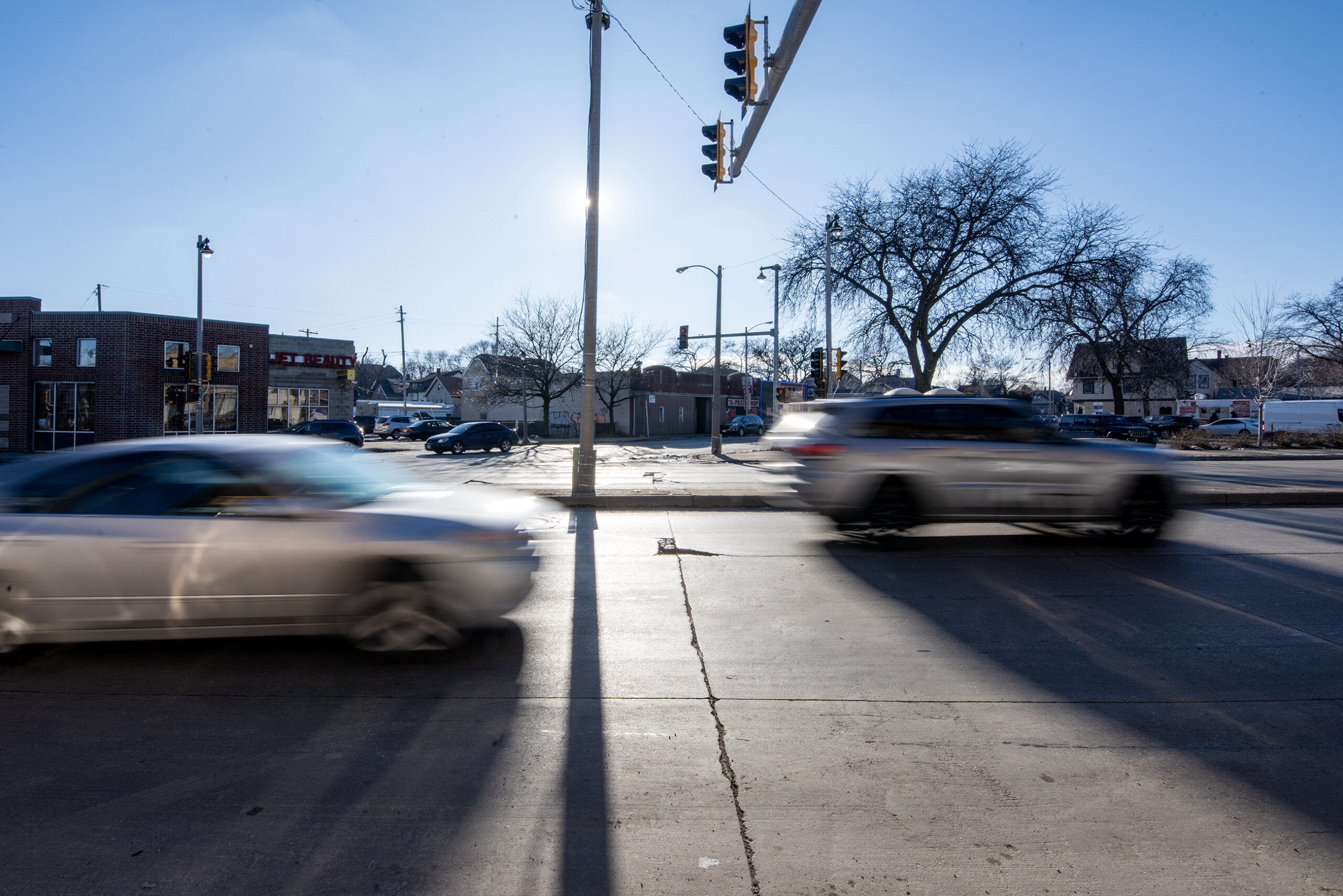
Some residents express frustration with infrastructure changes
And not all residents are happy about the projects. That includes Summer Stetzik, a resident of the Sherman Park neighborhood. She said some of the traffic calming measures are creating unsafe conditions because drivers get impatient with the slower speeds caused by the work.
“In my neighborhood, people are living in survival mode — they are trying to get to work, and they’re trying to clock in and they’re stressed,” Stetzik said. “There are just these obstacles everywhere.”
Stetzik said she wants to see more left-hand green turn signals at intersections. She also said poor road conditions aren’t helping the issue.
“It is demolition derby in my neighborhood,” she said.
For Mayes, he wants to see the city fix potholes and obstructions in the street, which could be leading to more accidents because people often have to swerve around them. He wants to see the city improve street lighting and make updates to bus shelters as part of the work as well.
“The quality of our streets is a huge issue,” Mayes said. “You can’t address one thing and not address a lot of the other stuff.”
The city also placed planters on the east side to protect bike lanes from vehicles. But some of those planters were soon destroyed by drivers, which led to some angry comments on the neighborhood Facebook group.
“They’ve become a safety hazard over the last couple months in particular. Imagine if someone walking or riding by got hit with a big flying chunk and seriously injured,” one user wrote.
Muhs knows some of the new measures will take time for people to get used to. He’s optimistic that the engineering changes are having an impact and he wants people to reach out to the city with specific questions or concerns if they’re having issues.
“I do understand that frustration, but … if we don’t move forward, we’re accepting unnecessary death and unnecessary crashes that have life changing injuries as a result of them,” Muhs said. “So it’s not always convenient … but it is necessary, I think, if we’re going to try to create a safer city for everybody.”
Jessica Wineberg, Milwaukee’s Vision Zero policy director, said it’s on drivers to change their mindset as well, from one that says they should be able to get everywhere quickly, to one that’s focused on sharing the road with other users.
“We’re just trying to adjust that a little bit, that people who are walking and biking and taking the bus also need to be able to get where they’re going, not only quickly, but safely,” Wineberg said.
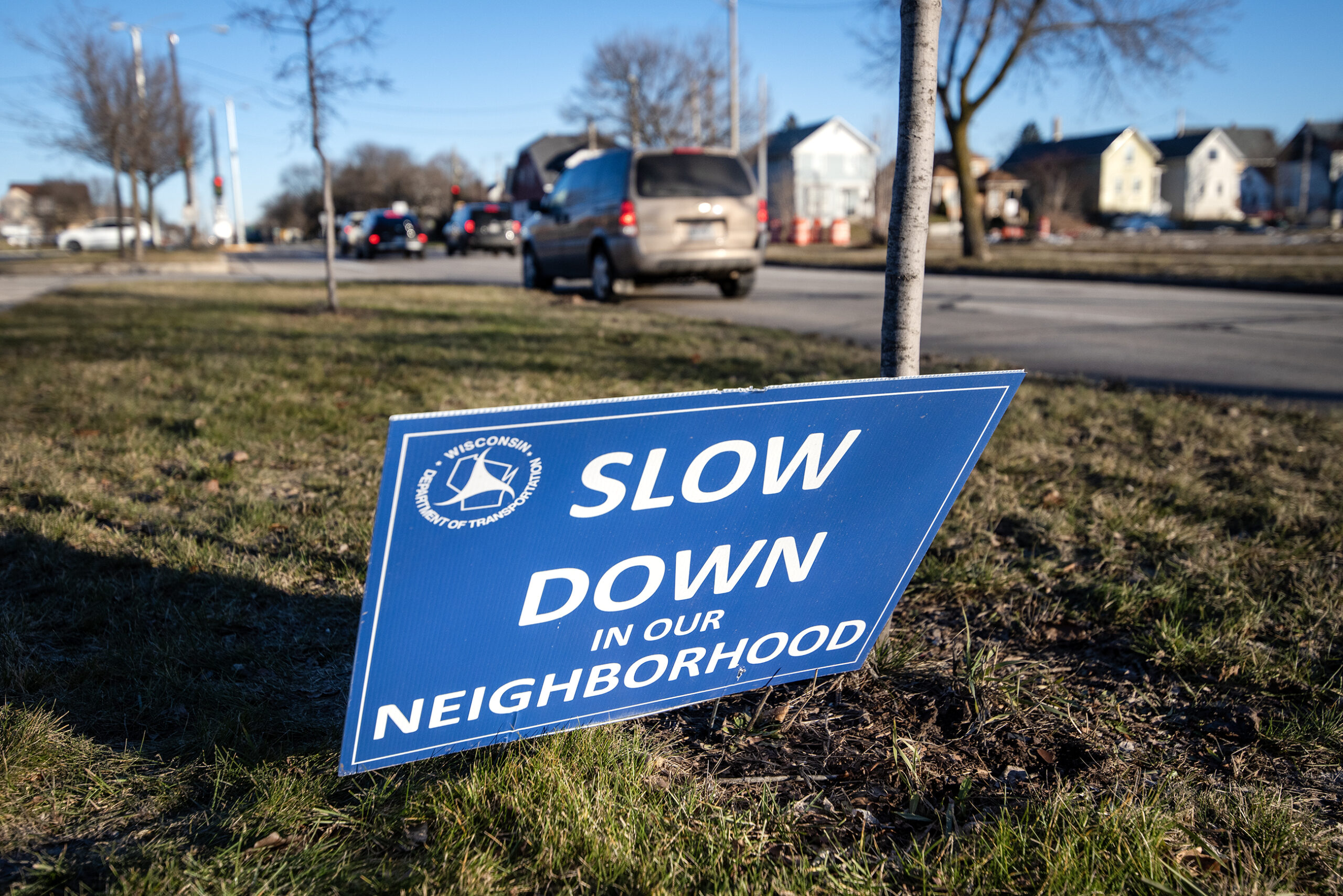
City’s reckless driving enforcement unit reduced number of officers
Since 2021, the Police Department’s Traffic Safety Unit has been the city’s main enforcement unit aimed at tackling the issue. The unit has 10 officers and often dispatches them to areas of the city that have seen recent reckless driving complaints and crashes. When the officers are deployed, they look for speeding, drivers running red lights and other reckless driving behavior.
Last year, the unit handed out 6,506 citations to drivers for speeding, down from 7,416 in 2022.
Schlei said part of the reason for that is likely because the unit is now down to 10 officers compared to 20 officers in 2021. The Milwaukee Police Department was down 200 officers from 2018 to 2023 because of past budget issues. Schlei said there are plans for more officers in the unit as the city works to increase its police force by 15 officers this year.
Another reason citations are down? Schlei believes the street engineering projects are working.
“Overall, we believe that those things being placed by the city are helping,” he said. “We do see a difference in the driving habits in those locations.”
Most of the speeding citations officers hand out are for drivers going 20 to 24 mph above the posted speed limit, according to city data. In 2021, officers gave out 4,514 citations for that offense. That number went down to 2,863 last year.
Reckless driving in Milwaukee is an $898 forfeiture and a misdemeanor charge if that driver has received another reckless driving citation in the last three years.
Milwaukee Police can also impound a vehicle used in violation of the state’s reckless driving statute when the driver is the owner of the vehicle, has a prior reckless driving citation and hasn’t fully paid the fine.
City officials believe allowing red light cameras, which snap photos of vehicles that run a red light or speed, would also help deter the behavior. However, that would require a change in state law and is unlikely to be passed.
The city uses social media to share safe driving tips and recent street engineering changes. The city also has open houses to talk with residents about what they want to see done, as part of the city’s Vision Zero program. Wineberg said the goal of zero traffic deaths in the city by 2037 is one the city can achieve.
“It does take all of us deciding we’re going to go a little slower, we’re going to change how we design our streets and we’re going to think about roads as a place where we show our concern for the community, rather than just try to get somewhere as quick as we can,” Wineberg said.
Wisconsin Public Radio, © Copyright 2026, Board of Regents of the University of Wisconsin System and Wisconsin Educational Communications Board.
